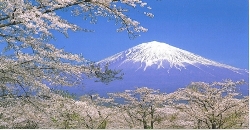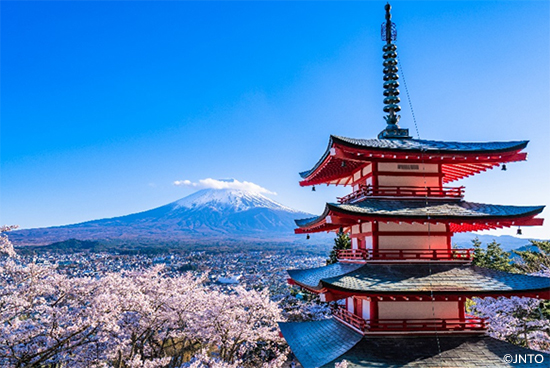
O-Shogatsu

, pronounced "Oh-show-ga-tsu" means “New Year." In Japan, there are many New Year's traditions varying across the country. As a tourist in Japan present during the New Year's period, the most outwardly visible large scale tradition is most likely that of "Hatsumode." "Hatsumode," the modern evolution of the Edo era folk tradition of "Eho-mairi," is the tradition of paying a New Year day pilgrimage to one's local Shinto or Buddhist shrine to give thanks and ask for a New Year's blessing. The concept of "Hatsumode" didn't exist until the late 1800s, when national and private railroad companies throughout Japan promoted Hatsumode as a means of bringing in customers, forming tie ups with powerful temples and shrines and creating discount New Year's travel package deals. The two most famous examples of this are Naritasan Shinshoji , located in Chiba-ken and Kawasaki Daishi, located in Kanagawa-ken both of which are Buddhist Temples. Both can be accessed easily by the greater Tokyo railway network.

The most visited "Hatsumode" destination is Shinto shrine Meiji Jingu in Tokyo. If you stop by any such popular shrines or temples in Japan's big cities during the New Year's period you will greeted by massive crowds and a festive atmosphere. Not all Japanese go to the most popular shrines or temples however, visiting local or personal favorite shrines instead. If big crowds aren't your thing, visiting one of these local shrines or temples can be a peaceful and refreshing experience, and a great way to clear one's mind and think about the upcoming year. Finally, there is one very special pilgrimage that can only be done on New Year's Day. "O-shogatsu" is the only time people are permitted to enter the Imperial Palace to see the New Year's address given by the Emperor, who comes out upon completing the various traditional Shinto rites. Anyone may go, but lines are massive so it is necessary to arrive extremely early at the designated queue site in front of the Imperial Palace. It's a not miss opportunity for Japanese history buffs. In closing, it is interesting to note that the "O-Shogatsu" period is also used by many Japanese to go abroad. So if even if you're not going to Japan, watch out! With "O-Shogatsu," Japan might be coming to you! By John Offer



















































